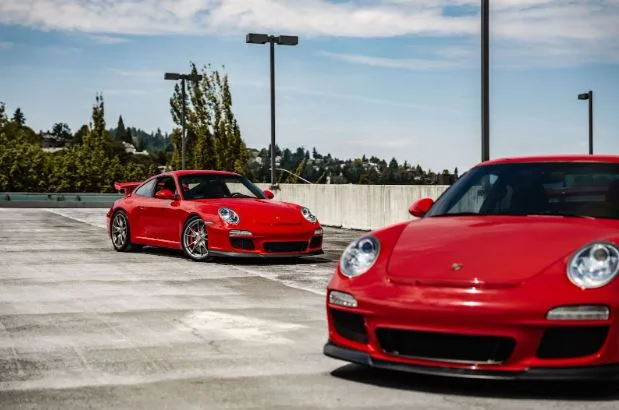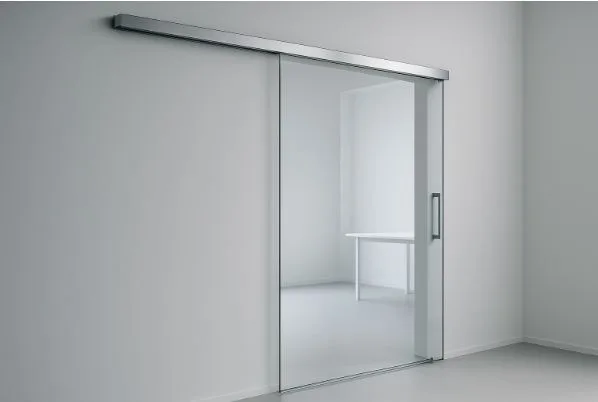Porsche’s Strategic U-Turn: What the Sports Car Icon’s Crisis Means for the Future
The name Porsche for decades has meant high performance, precision engineering and sleek sports-cars. Yet in 2025 the company finds itself navigating an unexpected crisis as it pivots away from its highly-publicised electric-vehicle ambitions and realigns its strategy towards combustion engines and hybrids. According to official disclosures, Porsche posted an operating loss of 966 million euros in the third quarter, its first major loss in years.
It is not just the numbers that signal trouble. Analysts point to weakening demand in China, rising tariffs from the US and the burden of rescheduling its electric-vehicle roadmap as factors that have pushed Porsche off its familiar path of growth. In early 2025 China sales fell by around 28 % compared to the previous year.
That drop is significant given China’s importance in the luxury car market and Porsche’s reliance on global expansion to sustain its premium brand status.
In September Porsche announced a major change in its product strategy: the next-generation SUV that was to be fully electric will now launch as a combustion-engine or plug-in hybrid model instead, and the full-electric platform planned for the 2030s will be delayed.
The implications are sweeping. Porsche expects extra costs of up to 3.1 billion euros in 2025 simply from restructuring and slower electrification efforts.
What does this mean for the sports-car market and Porsche’s standing within it? First, the decision suggests that the luxury performance segment is grappling with a mismatch between brand identity and market realities. For a company celebrated for its gas-powered engines, the move back to combustion signals a retreat from the all-electric future many assumed was inevitable.
Second, the shift underscores how external pressures, trade policies, evolving consumer preferences, regional downturns, are forcing even top premium brands to adapt faster than expected.
For enthusiasts, this pivot raises questions about what a “Porsche” will mean in the coming years. Will it be defined by electric performance or by the roar of a combustion engine? Currently Porsche says it will maintain combustion-engine models well into the 2030s while gradually updating its electric line.
The luxury-car collector community is watching closely. Many buyers in the high-end segment prize tradition, exclusivity and performance heritage over eco credentials. Porsche’s recalibration may in this sense align more closely with its established buyer base — but it also risks appearing reactive rather than visionary.
And for those capturing the moment, the change offers rich visual and cultural territory. The contrast between old and new, internal-combustion heritage and electrified future, creates compelling stories worth photographing.
For a photographer working within the sports-car world, these developments present new motivations: documenting legacy V8 soundtracks, capturing the last of certain combustion-engine models, framing the evolution from petrol to battery.
As a photographer I have seen firsthand how owners and collectors interpret the shift — each car, each launch becomes more than a vehicle; it becomes a marker of change in an industry.
Porsche’s crisis is not yet a collapse. Rather, it is a recalibration. As the company moves to redefine itself, the sports-car world is watching. Whether Porsche emerges stronger or whether it falters in the electric era will be a story told in metal and motion.
And for every image captured during this transition, there is a story of heritage under change.





